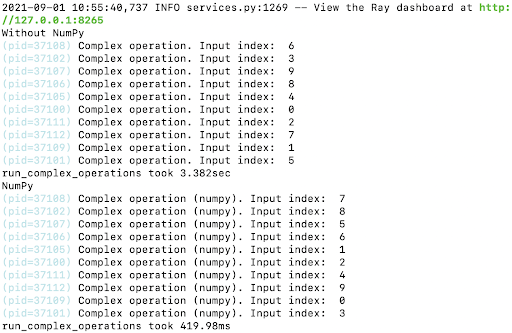1. Embedding Python in Another Application¶
The previous chapters discussed how to extend Python, that is, how to extend the functionality of Python by attaching a library of C functions to it. It is also possible to do it the other way around: enrich your C/C++ application by embedding Python in it. Embedding provides your application with the ability to implement some of the functionality of your application in Python rather than C or C++. This can be used for many purposes; one example would be to allow users to tailor the application to their needs by writing some scripts in Python. You can also use it yourself if some of the functionality can be written in Python more easily.
Embedding Python is similar to extending it, but not quite. The difference is that when you extend Python, the main program of the application is still the Python interpreter, while if you embed Python, the main program may have nothing to do with Python — instead, some parts of the application occasionally call the Python interpreter to run some Python code.
So if you are embedding Python, you are providing your own main program. One of the things this main program has to do is initialize the Python interpreter. At the very least, you have to call the function Py_Initialize(). There are optional calls to pass command line arguments to Python. Then later you can call the interpreter from any part of the application.
Leave a Comment
Related Posts




















/cdn.vox-cdn.com/uploads/chorus_asset/file/25385324/vpavic_20240407_Untitled_Job_11415.jpg)



